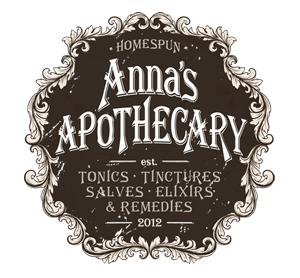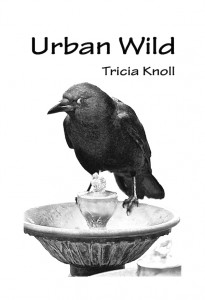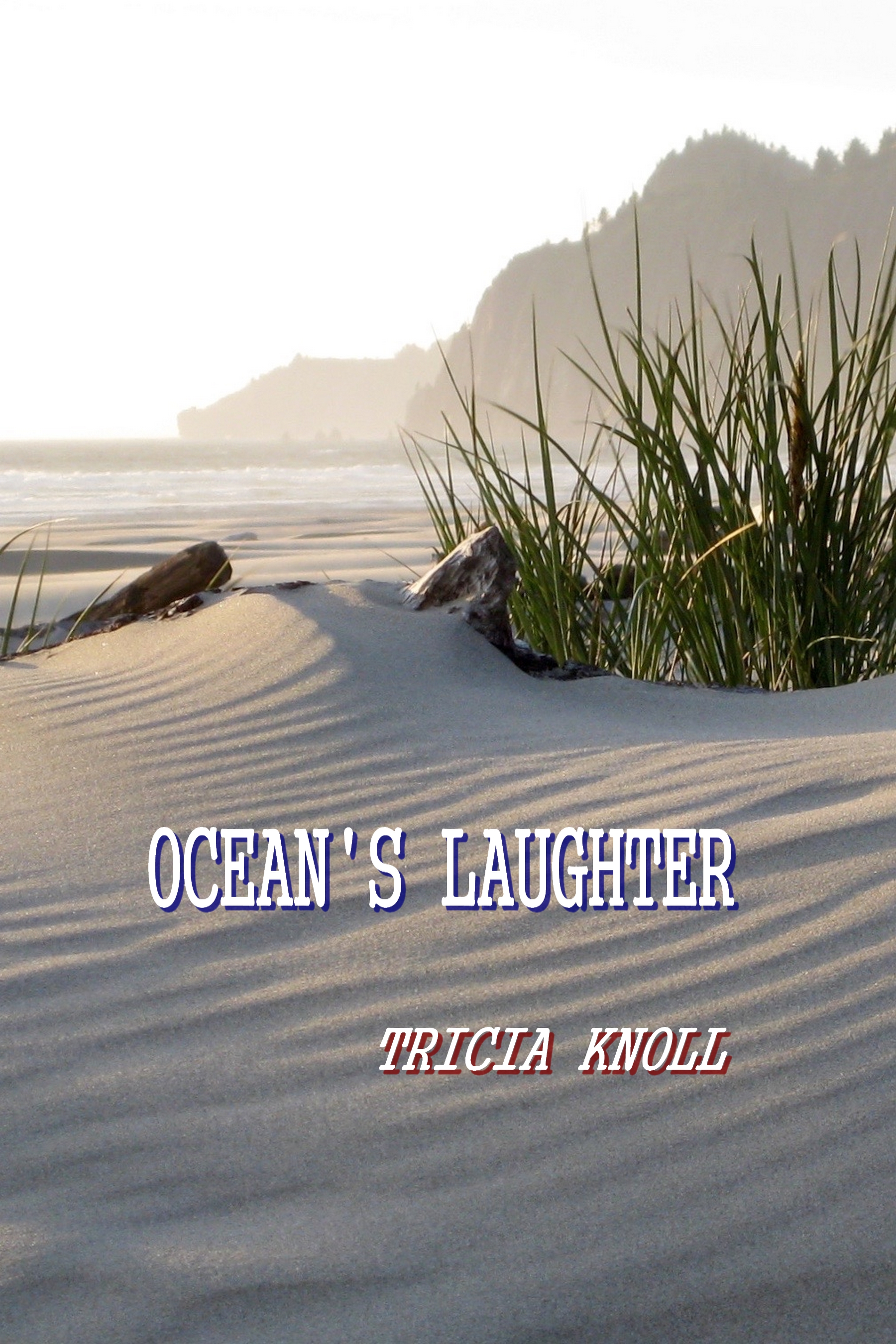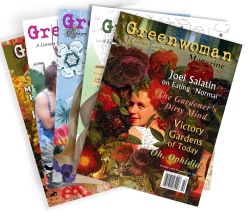
Two Like Puff (and two for Part Two). 123RF stock photo
On Saturday I posted Part I of “Puff the Tragic Rabbit,” a bunny tale that explores what we do to, and for, our pets. (And to, and for, ourselves.)
Here is the conclusion.
* * *
Puff the Tragic Rabbit, Part II
In spite of his compromised condition, Dr. Hart decided to go ahead with the surgery and Puff made it through. More than anything, the weight loss horrified me and filled me with guilt. I decided to take charge of all feedings. Three 12cc syringes of baby food or pureed vegetables six times a day, mixed with antibiotics for two of those feedings.
I fed him organic baby food mixed with milk by syringe, I ground pills, I dumped cans of mixed vegetables (carrot, potato and green bean) in the blender and divided the portions into small plastic containers for the fridge. I warmed the food in the microwave. I sat him in my lap, squirted the food into his mouth, a small amount at a time, and waited for him to get it down. Each feeding took fifteen minutes. Zora helped, placing hot compresses on the gaping wound and cleaning it, giving him a feeding or two each day and a bath every few days. We took turns cleaning up his diarrhea.
He was the perfect patient, docile and hungry with a strong will to live. He’d meet me at the door of the cage every time I came to feed him. Holding him for hours made me notice things about him, how his ears would cross slightly when he was concentrating on eating, how his once sort of creepy-strange pink eyes were actually quite beautiful, how his left ear was slightly longer than his right. The food got all over him, no matter how careful we were. I wanted to cry at every feeding.
After ten days he was looking better. I could tell he’d gained weight, yet the abscess was still huge, still big-marble-sized, and he couldn’t eat any solids except hay and lettuce. I had tried grinding up some of the rabbit pellets and they went untouched.
I drove across town for more antibiotics and was told to bring in Puff in a week. After five days and still no change, the frustration and exhaustion began to take its toll.
The endless feedings, our living room as sick bay, seeing him like a furred half-ghost, the trips to the store to buy food, everything wore on me. How long could this go on? Shouldn’t there be some major change by this time? With another round of antibiotics and another call to Dr. Hart looming, I decided to see what I could find out about this problem on the Internet. Even though I was, at the time, basically a computer illiterate, it didn’t take long to locate information under “Rabbit Health, Jaw Abscesses.”
The first article was on face abscesses. It didn’t say much about jaws, it singled out abscesses of the teeth, a not-uncommon affliction. It described them as being extremely difficult to treat, usually a recurring problem, and said that they often required a lifetime of antibiotic treatment. The overall prognosis was guarded to poor. The article said it didn’t do much good to leave any abscess open because they cannot drain like dog and cat abscesses; the pus, as Dr. Hart told us, was too thick. My gut tightened at the realization of what I’d begun to intuit, the ugly inevitable. Another article included a listing of treatments, all long term, all calling for more surgery or dangerous chemicals. The last one, called bead treatment, detailed the making and implantation of antibiotic-soaked clay pellets that would have to be made by the vet because they’re not commercially available. This last remedy, said to be “promising,” had no actual hard data of failures or successes as the “data was still being gathered.”
There it was, in black and white—guarded to poor. Now I was pretty sure Puff had a tooth abscess, not a jaw abscess, and unless I devoted god knows how much more money and time on a quixotic veterinary mission, he didn’t stand a chance. And even if I barreled ahead, he would mostly likely be on antibiotics for the rest of his life. A dwarf rabbit invalid requiring years of nursing care. Something I could not, would not, do, Sam I Am. Not for a bunny, not with our money. Doogie Houser looks be damned, I felt anger toward Dr. Hart. The vet had either not known, or not leveled with me. If he had known, he should have been straight with us on the very first visit. No, it wouldn’t have been pleasant to tell a woman with two apple-cheeked grammar school girls that the prognosis for Puff was bad. That Puff had probably gnawed his last carrot. And if Doogie was clueless, too wet behind the ears to know Puff was screwed, then, goddamn it, he should have found out. Spent a little time on research like I did. He should have done his job.
There were only two things left to do, share the burden of my knowledge with my husband, and get one last opinion from another vet, one who was, this time, familiar with rabbits. My animal-expert friend Becky had highly recommended her vet, Dr. Partlet, after I’d taken Puff in the first time. Now I cringed, recalling how I’d said, “No, we’ve already been to Dr. Hart and I think we should stay with him.” What loyalty! What an idiot. I also remember Becky had given me her sage opinion about rabbit illnesses and mortality, “There’s a reason why animals like mice and rabbits procreate so quickly. They have a lot of predators. There’s a lot of things that can get them.”
That afternoon I had Puff’s papers faxed from Dr. Hart’s to Dr. Partlet’s and I gathered up the Internet literature.
I wanted Andy’s support, a confirmation of my decision, and his sympathy. That afternoon, while the girls were at a friend’s house, I cornered him. I laid out all the medical information. Meekly, I fessed up to how much I’d spent on medical treatment.
“Almost two hundred dollars! We can’t afford this!”
“It just sort of added up,” I said. “Anyway, I used the money in my account, money that I had left over from last year’s gardening work.”
“You spent two hundred dollars on a rabbit?”
Now he was becoming belligerent. This wasn’t just a rabbit, it was Puff.
“Just how,” I inquired, snottily, “can you put a price on the value of a life?”
“Well,” Andy deadpanned, “a bunny’s $100, a cat’s $200, and a dog’s $500.”
I scoffed. “And what about you?”
“A thousand.”
I couldn’t help but laugh.
After a few moments of silence he asked, “How old does Satine have to be to get pregnant?”
“I’ve already thought about that. She’s too young. She won’t be able to make babies for a few more months.”
“Dammit,” he said. “This is what pets are about, they’re a big pain in the ass.”
“No, this is what life’s all about, the good and the bad.”
“Sandy, some people don’t even make $200 a week.”
He was right. This was an incredible indulgence. There were people struggling out there to keep a roof over their heads. “But he’s so sweet,” I protested weakly. “It’s not like he’s this mean, little jerk of a bunny.”
“Oh, so a life’s value is determined by personality? That’s fair.”
I admit it, I was bicycling outside the neighborhood of Rational. Days of nursing Puff, worrying over what to do, trying to make the best decision, trying to be a good person. I couldn’t keep him on antibiotics forever. I couldn’t hand-feed him baby food indefinitely; in fact, I couldn’t keep any of it up for much longer. I was tired. Depressed. His life was in my hands, and I was too big a wuss to deliver the death sentence. Yet, aside from a miracle, I didn’t see an alternative. I’d only faced animal euthanasia once before, with the pet chicken Garrett, who had broken his leg; frankly, we hadn’t been close. I took a deep breath. It was time to buck up. Time to be a grown up.
“Andy, I’m taking him in tomorrow, one last time. If he can’t be cured, I’ll have him put to sleep.”
After Andy left, I sat down and cried. Then I wondered. Had Puff’s life really had any quality these last few weeks? If he’d been in the wild, he’d be gone already, long gone. Suddenly I realized something else about this free bunny; maybe his previous owner had faced this same decision. She, too, could have nursed him through an abscess, then decided to quietly pass him on. She could have rationalized it by thinking, well, maybe he won’t get sick again. That’s why he was free! I thought. Make him someone else’s problem, give him away. At that moment I despised both her and Doogie Houser equally. Then I did something even more difficult; I thought about my role. Who was I really doing all this for? Were these extreme measures for Puff, or for me? With no little pain, I began to realize my biggest investment in this drama had been my opinion of myself. Yes, it was the same ole story, all about me, me, me.
Zora and Lily came home from their friends’ house and found me in the living room, sitting on the chair near Puff’s cage, puff-y eyed.
Zora walked over to me. “Mom, you look upset.” She laid a hand on my shoulder.
I found myself tearing up again, explaining to my girls what was happening, what I’d learned on the Internet. I told them I was worried this was it, the end of the bunny trail. That I’d made another appointment for tomorrow, just to be sure.
“I love Puff,” Zora said, “but you can’t spend all your time trying to fix him.”
* * *
The stucco office building, decorated in a southwestern motif, held the practice of three vets. Lily busied herself looking at animal health brochures with cute pictures of puppies and kittens, while Zora sat with Puff in his wooden cage on her lap. I dug into a stack of paperwork, more than most multi-thousand-dollar contracts require.
Lily stayed behind when one of Dr. Partlet’s assistants came for us. She reminded me of Satine’s breeder, Sadie. They had the same Midwestern accent, wholesome demeanor and pleasant plumpness. When I asked her if she was from Colorado, she smiled. “No, my family’s from Kansas.” Once in the examining room, she took Puff out to be weighed.
Dr. Partlet, an attractive forty-something woman with a trim figure and shoulder length blonde hair, brought Puff back in. Her assistant followed.
“He’s gained back six ounces,” she said, smiling.
Although she said she’d perused the other vet’s paperwork, she asked the same questions: how long has he been sick, what has been done, what are you doing now. She began to examine him, bypassing his abscess and looking directly into his mouth. Immediately she pointed out dense milk-colored pus, coming up from his gumline at his bottom incisors. My heart fell.
“That’s pus?” Zora said. “I thought that was plaque, I’ve been scraping it off.”
“She knows what plaque is?” asked the assistant. “That’s pretty impressive for a girl your age.”
Dr. Partlet agreed and they both smiled at my ten-year-old daughter in a way that suggested “maybe she’ll be one of us one day.” My feeling of pride was diminished by nausea at the thought of Zora “scraping it off.”
The doctor told us she was sure that the abscess came from the bottom incisors. She said she could go back in surgically and try to take out more of the infected tissue, while continuing antibiotic treatment, of course, but that eventually the teeth would have to come out. She explained about teeth trimming (which would become necessary) and feeding, all in an optimistic we-can-do-this tone. My head swam. I couldn’t believe it. She seemed enthusiastic about starting treatment, as if this were just a rousing challenge.
I interrupted. “But even if we did all this, there’s still no guarantee that it would solve the problem?”
“No, not really.”
“Or that there wouldn’t be recurring abscesses?”
“Yes, it’s possible it could recur.”
“Not to mention the feeding difficulties we’ll have.”
My dam of information broke. I told the doctor what I had read about abscesses, the general prognosis of “guarded to poor,” and said that while we loved Puff, I couldn’t see how we could justify doing more surgery. My eyes filled with tears, I was losing all composure. In the face of the doctor’s optimism I was carrying out the death sentence. I had told Andy the night before that putting a cute little bunny to sleep, even one as messed up as Puff, seemed somehow sinful.
The vet nodded in agreement to everything I said. After finishing, I stood there trying to compose myself. Dr. Partlet waited patiently, sympathetically. Finally, I asked, “Can you do it?”
“Yes.” She asked if we wanted to be present. I didn’t, Zora said she did.
The doctor looked at me. “If she wants to be here,” I said, “it’s her choice.”
“I do,” said Zora.
“I’ll stay then, too.”
I looked at my daughter—where did she get this courage? Certainly not from me. My insides felt like jelly, my head light. Even though I had been through natural childbirth, twice, I actually worried that I might swoon. The doctor and her assistant left to get another form and the lethal shot.
“Zora, are you sure you want to be here?”
“Yes, Mom.”
I stood weak-kneed by my girl.
They came back and I signed the paperwork for the euthanasia. The assistant put a box of tissues on top of Puff’s wood transport cage, “just in case.”
I grabbed one and began dabbing the flow.
The veterinarian looked at Puff’s ears, first swabbing them with alcohol.
“I don’t see a vein that’s going to be big enough. These guys are so tiny. Our other option is to inject the abdomen. It takes longer for the drug to work that way, but I don’t think we’ll have a choice.”
“He won’t feel pain will he?” I asked. I knew the answer, knew how the drug paralyzed the muscles, the nervous system, finally the respiratory and circulatory systems. And we can’t really ask them how it feels, now, can we?
“No, but it might take up to a half hour. First he will lie down, but it may take a while for the heart to completely stop.” She went into the details, how to feel his heart. I knew about his heart, I’d felt it beat many times as I held him . I’d even noticed his breathing after we’d picked him up after surgery. His nose had moved so slowly, yet still looked so cute; I noted this even as I wondered if he’d die from the stress.
I felt sorry for the veterinarian. How many beloved family members had she had to put down? Though she seemed to want to go to extreme measures to save him, maybe that’s what she was expected to do, what our society expected. Maybe it wasn’t they who were supposed to have all the guts, maybe we were.
I turned away, tears flowing. She injected him. Zora looked on, then patted Puff reassuringly.
They put him back in the wooden case. He was paralyzed, limp, eyes open.
I went outside, tissues in hand, nose running, and paid the bill. Lily had done well waiting for us in the examining room, but now she looked at me and I could see her worry, over me. We got into the car for the ten block trip home. Zora sat up front. “Can I take him out of the cage?” she asked.
Inside, I thought, oh no, please don’t, but I said, “I don’t know Zora . . . when he goes, well, he might make a mess.”
“I don’t care.”
“Well, okay then.”
She held him on her lap, stroking him.
I pulled up in our driveway, with two little girls and a dying bunny.
“He’s gone,” Zora said.
I looked across at her. She was teary, but holding it together. Only I was at the ragged edge of despair, sobbing. Puff’s beautiful candy pink eyes were clouded, dull. He was gone.
We got out of the car and went into the house to grieve, to think on lessons gleaned from our Lilliputian, ill-fated friend. We’d have the funeral later, when Andy came home.
* * *





















